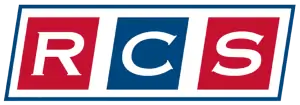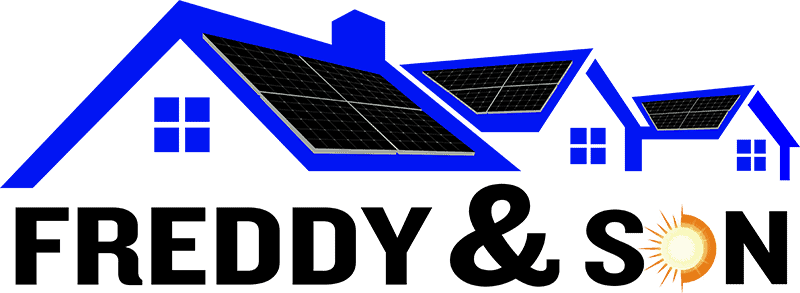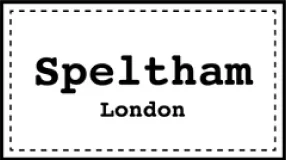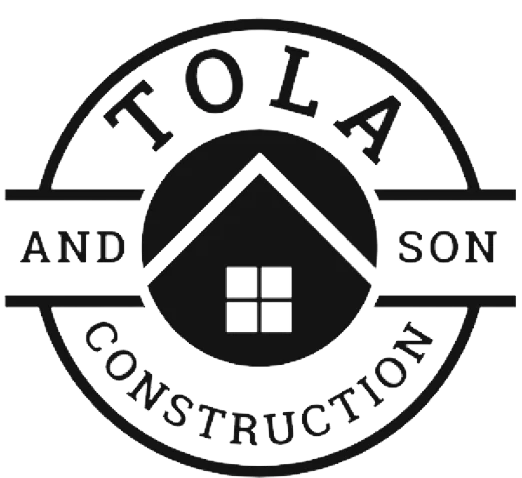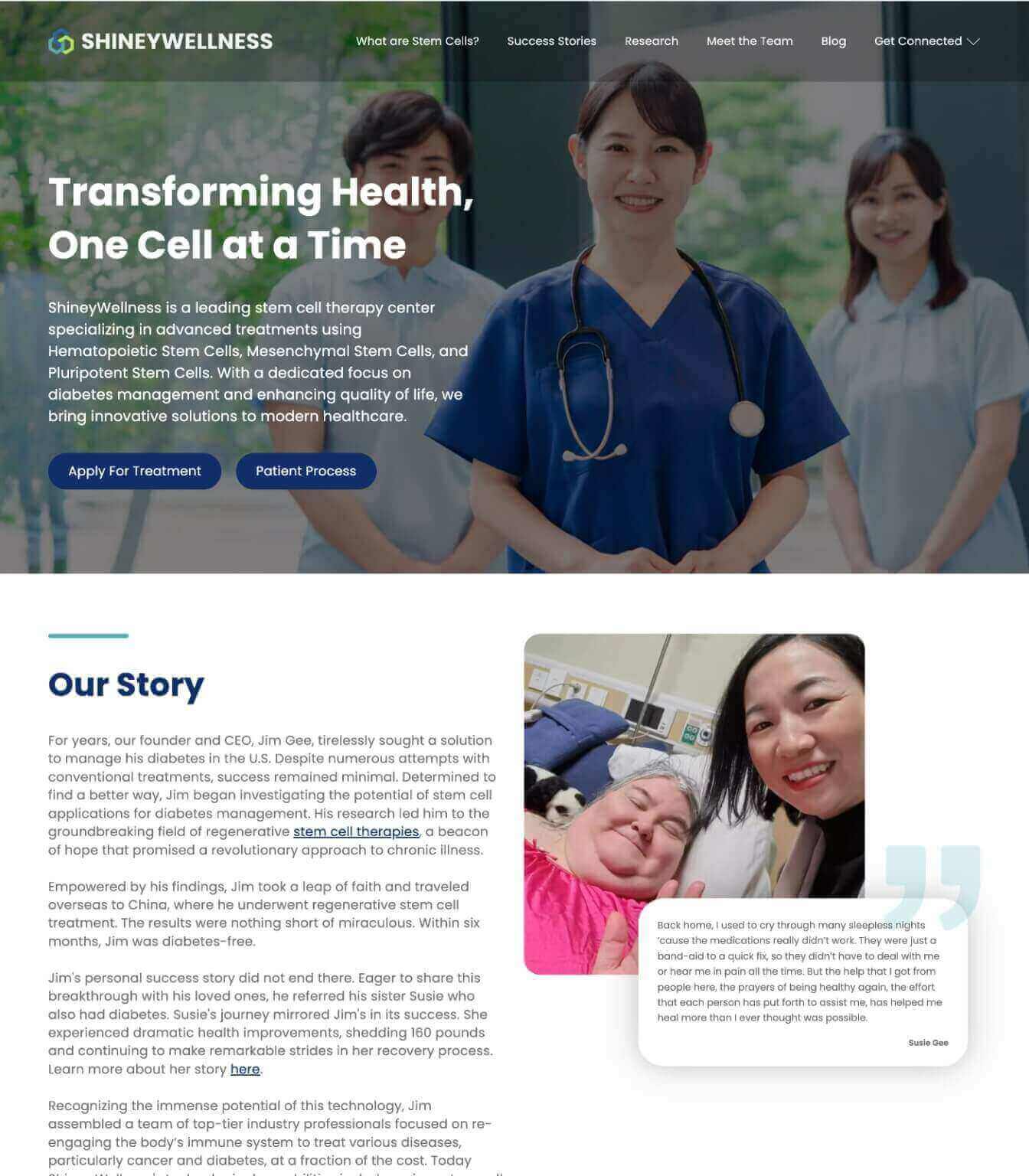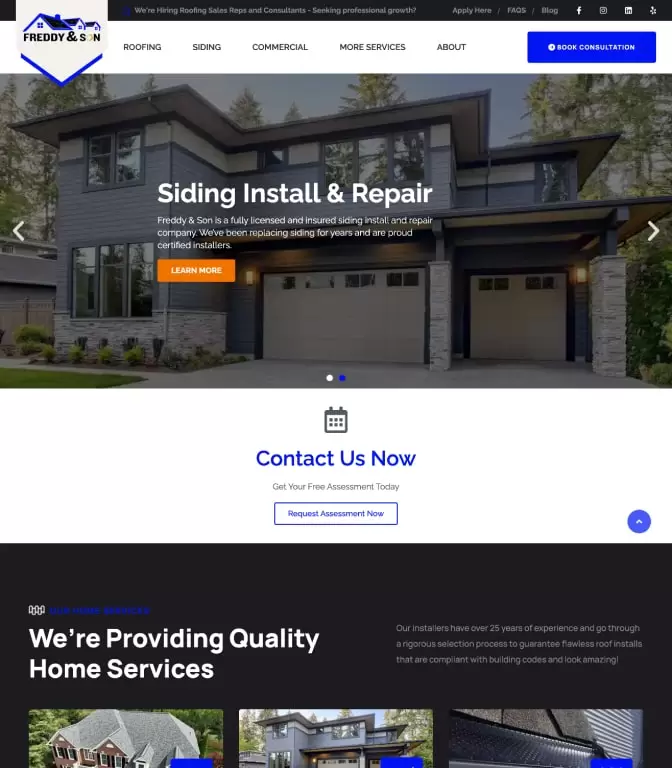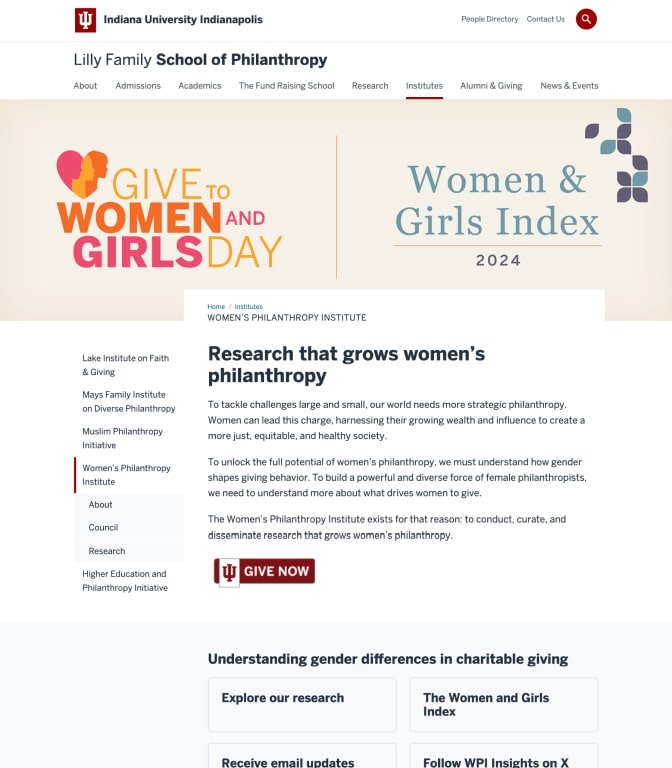In the world of search engine optimization, the phrase ‘on-page’ is pretty recurrent. On-page SEO refers to search engine optimization that is pretty straightforward; that targets the website that you intend to optimize (in terms of its layout, content and structure.)
The same techniques are repeated throughout most websites on how to improve keyword density, keyword mapping, meta-tags, page titles, internal linking as well as loose variations on how to merely increase the frequency of ‘keywords’ in your content base.
However, your potential consumers do not operate like web crawlers. A component of on-page search engine optimization includes understanding the way that your consumers understand your content. As SEO implies, ‘optimization’ is the key to achieving this.
This does not mean that the regular On-Page SEO techniques are not useful or wrong. They are still needed in order to ensure that your website will be fairly evaluated in the search indexes.
Here is a breakdown on how on-page SEO can be utilized
The title and the header of your page
This is central to the concept of on-page optimization as that is the first thing that your consumers will notice once they enter your website.
It is the absolutely most fundamental factor of SEO. If you cannot engage your reader with a catchy title and header, they are most likely to not skim through the rest of the site.
The central factor of on-page search engine optimization is also the keywords. Not only must your header involve the keyword, your keyword must also be specialized and unique to your field.
You can also take search engine queries related to your intended keyword and transform it into a title and a header for your page.
For example, if your intended keyword is to market kitchenware, you can add certain specialized keywords relating to it such as ‘gourmet’ or ‘Teflon’ to increase a niche to your website and make it more attractive.
Images and Pictorials
When you lure children into learning a concept, you use visual cues and bombastic colors to register the concept into their minds. Similarly, you will want to leave an impact on your reader and have your business and brand registered in their minds after reading your website.
A powerful tool that can be used is using pictures or clip art/graphics to furnish your website’s niche and tone.
This can aid search engine optimization as graphics can drastically change the context of your website, without the need to add further embellishment. For example, a technical website is more likely to add technological graphics and a clean, light color scheme for the interface.
Likewise, this can change depending on the sector in which you wish to market the website through. A food and beverage industry could replicate the same search engine optimization method by adding rustic graphical imagery to their website.
A more straightforward approach would be to add related images and pictures to your content articles like blog posts, so that your readers have images to tie to your brand and image in order to become returning customers.
Keyword Density
Keyword density is a somewhat debatable issue in the world of SEO. It relates to not only the frequency of a keyword being utilized in the body of a website, but also in regards to its depth.
The most common method of doing this is to add your intended keyword to piece of content or ‘written’ material that web crawlers can pick up, but a heavy usage of this method could lead to Google’s spambots citing your website as spam and hence, not charting it well on search indexes.
A more formidable method of keyword density in SEO would be to broaden your word pool of your intended keyword, and add a variety of keywords to your content that can still relate to your website.
For example, if you are intending to make a website for marketing in the automobile industry (like luxury cars), step out of your horizon and add other cars into your content, or adding geographic related tag lines such as cars in a certain location or so.
Body Tags
This is one of the more technical aspects of On-Page search engine optimization, however, it still does make a significant difference to the way that web crawlers can categorize and index your websites on search engine results pages, also known as SERPs.
Basically, body tags refers to the breaking down of the makeup of your content’s structure. This refers to breaking down large amounts or chunks of text into separate sections, that provide clearer structure and easier readership.
It can be done chronologically, such as breaking large walls of texts into sub headings such as [H1] , [H2] , [H3], [H4]
[H1 Tags] can be reserved for the header tag with concurrent headings that can have the same tag, with a different number denotation to mark its similar nature. This will allow web crawlers to index various segments of your website to further optimize its search engine friendliness.
Also, these body tagged content should include content rich keywords so that web crawlers will detect it easier.
Responsive Design/Mobile Friendliness
Also initiated in previous posts, making your website mobile-friendly is definitely required for on-page search engine optimization as Google tends to rank pages with complete optimization on many platforms (PCs, TVs, mobile phones) higher than pages that do not.
You should also integrate your website to not only perform well under a mobile application, but also utilize certain mobile functions to your advantage. For example, Android users have an easy option of downloading content from their browser. This could be utilized to provide downloadable resources that promote your website.
Quality of content
Besides peppering content with keywords and insignia to furbish your website’s marketing aim, the quality and consistency of content is also a vital part of on page search engine optimization.
Google’s algorithms are more apt to de-value website indexes that are fairly dormant, and do not update itself frequently. If you notice, the search results that usually come out first are of websites that have maintained their repertoire in a consistent manner.
This can be done by constantly updating your website with new content, or having an influx of content made for your website in advance, to then consistently upload. This would ensure that Google’s search crawlers would be able to pick up your website’s analytics and posting schedule regularity.
Quality content must also be achieved with the notion of bringing in-depth content to consumers. Web pages that have less than 700 words in a specialized industry are less likely to chart higher than web pages that have more than 700 words in content.
Always remember, the main initiative of search engines are to improve the quality of web results that are given to the consumer. You have to put in quality to obtain quantity.
Site Accessibility
Last but not least, websites that are more accessible are more likely to garner more positive responses (and hence, larger traffic.)
The first step to making your site more accessible is to increase the web page loading speed. The faster your page loads, the less time you are wasting- and driving potential consumers away.
Google is one of the most popular ranked websites and it ranks queries in about 13 seconds. That is how crucial web speed is.
Sitemaps are also an important component of making your site more accessible, as it makes your website more easily picked up by web crawlers. It can either be done by WordPress or XML.



